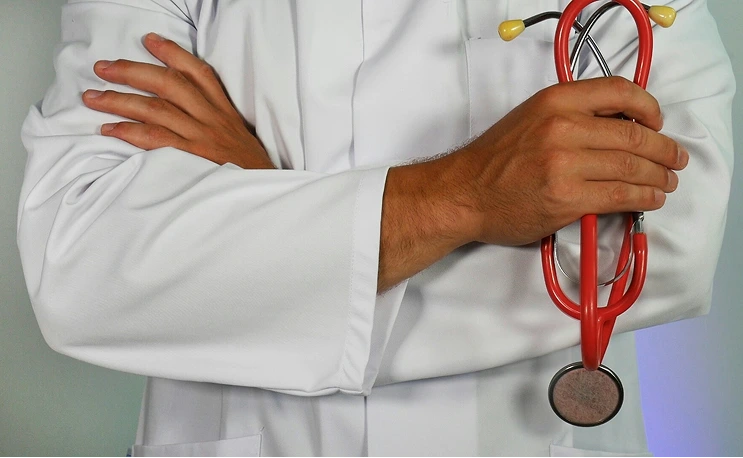Pars interarticularis defects (spondylolysis) represent a common cause of mechanical back pain, particularly in adolescents and young adults involved in extension sports like gymnastics or football. In symptomatic cases without significant displacement, direct repair of the pars defect represents an attractive alternative to traditional fusion, preserving normal motion at the affected level. Buck's fusion involves placing a screw directly across the pars defect to achieve healing while maintaining normal segmental biomechanics.
The robotic approach to pars repair begins with detailed preoperative planning to characterise the defect and determine the optimal screw trajectory. After prone positioning and registration, the robotic system creates a precise 3D map of the patient's anatomy. The surgeon identifies the exact location of the pars defect, which is often difficult to visualise directly during surgery. The robotic arm then guides the placement of a cannulated screw directly across the defect with submillimeter precision. This exceptional accuracy is critical for successful pars repair, as the target corridor is extremely narrow and surrounded by vital structures. The precise screw placement potentially improves healing rates while minimising the risk of complications.
By facilitating this motion-preserving technique, robotic assistance allows more patients to benefit from direct repair rather than requiring fusion, preserving natural biomechanics and potentially reducing the risk of adjacent segment degeneration.

